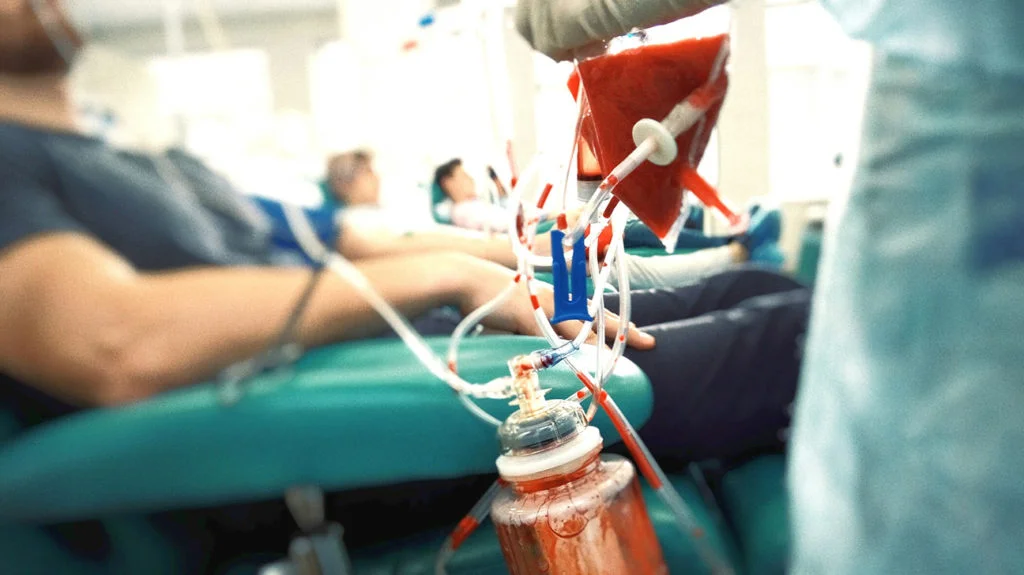Every year, World Blood Donor Day (WBDD) is celebrated globally on June 14, a day to honor the selfless contributions of blood donors and raise awareness about the importance of blood donation. This day not only serves as a reminder of the life-saving power of donating blood but also advocates for regular donations to ensure that there is always a safe and sufficient blood supply for those in need.
In this comprehensive guide, we will explore the history, significance, and key facts about World Blood Donor Day, as well as the impact it has on healthcare and communities around the world.
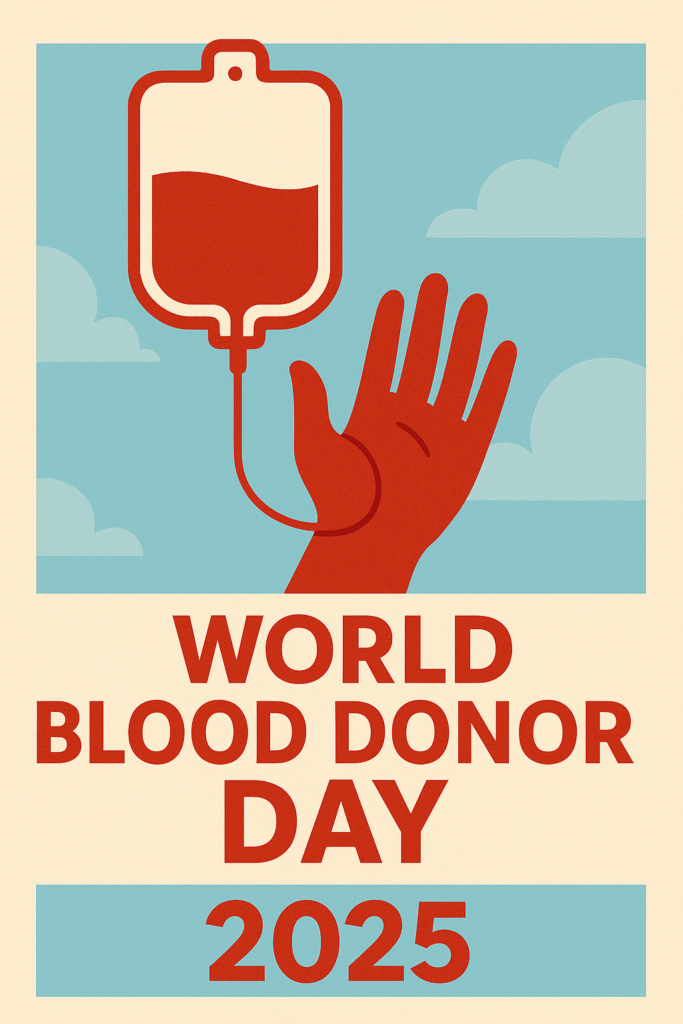
1. What is World Blood Donor Day?
World Blood Donor Day (WBDD) is a global event celebrated every year on June 14 to raise awareness about the need for blood donation and to honor the generous individuals who donate blood regularly. The day serves to emphasize the importance of blood donations in saving lives, particularly in emergencies, surgeries, and for patients with life-threatening conditions such as cancer, thalassemia, and hemophilia.
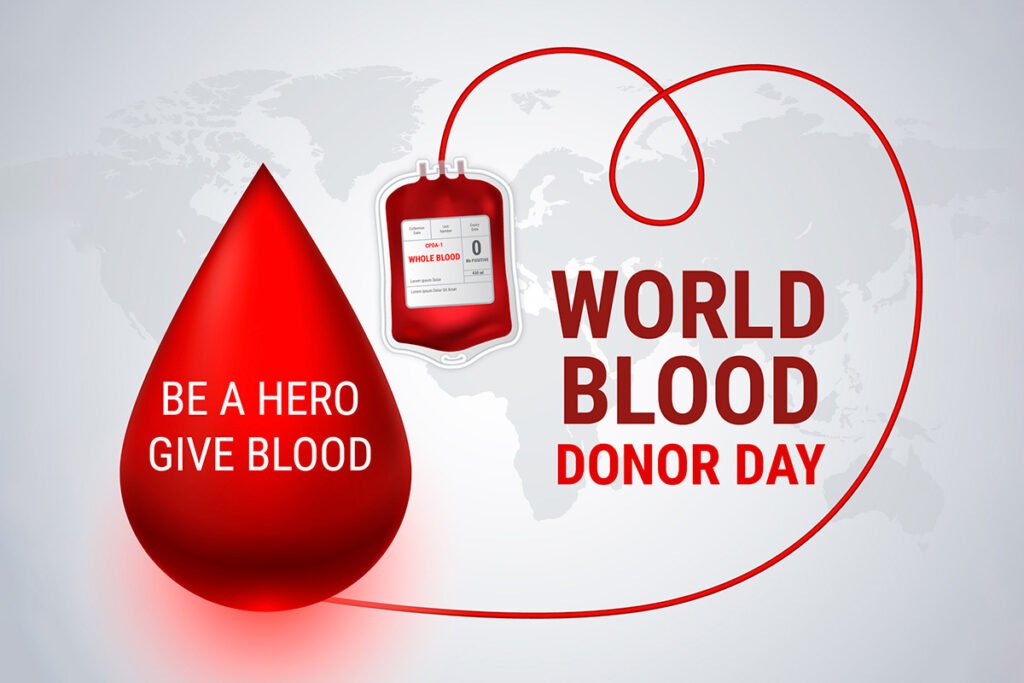
The Theme of World Blood Donor Day
Each year, the World Health Organization (WHO) sets a unique theme for WBDD. In 2025, the theme focuses on “Safe Blood Saves Lives”, highlighting the need for safe, accessible blood for all patients, regardless of their geographic location. The campaign aims to educate the public about the need for regular and voluntary blood donations and encourages communities to come together to donate blood.
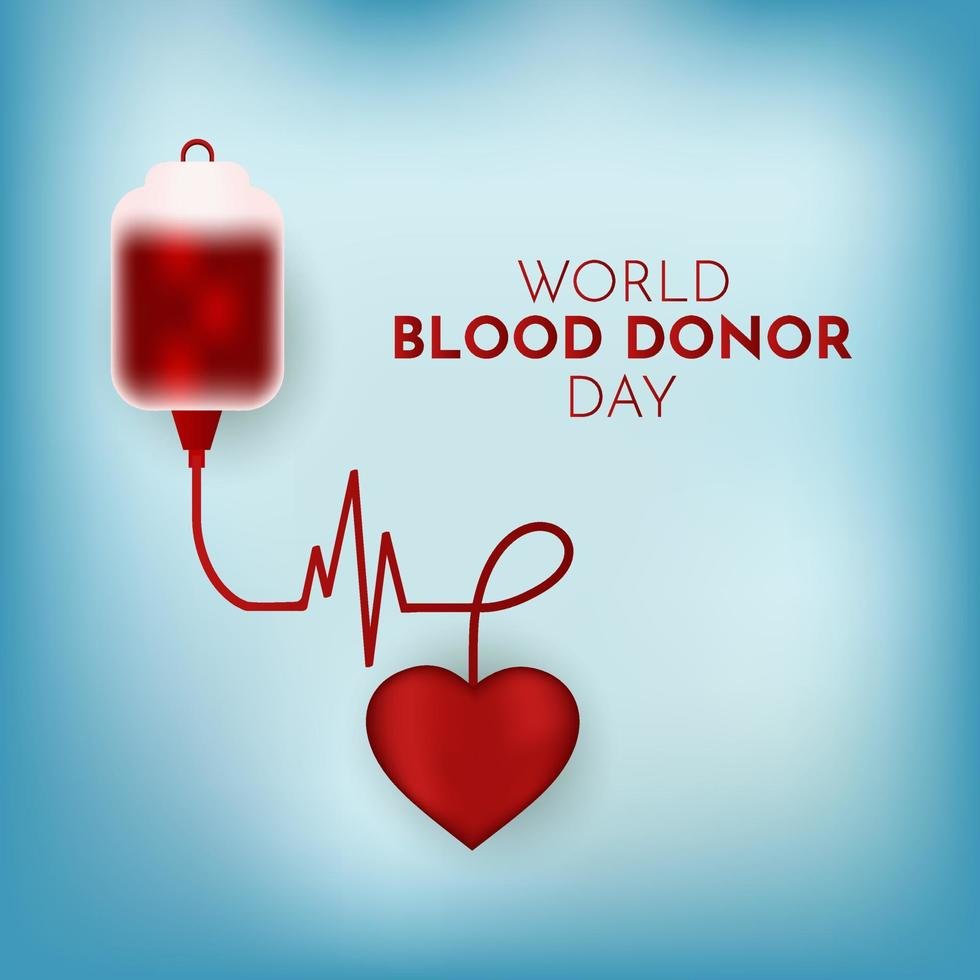
2. The Importance of Blood Donation
Blood donation is critical to the healthcare system and saves millions of lives each year. It is needed for:
- Emergency trauma care: For accident victims and patients undergoing surgeries.
- Chronic illness treatment: Such as cancer patients undergoing chemotherapy, or people with blood disorders like thalassemia and sickle cell anemia.
- Childbirth: Blood transfusions are often required during complicated deliveries or postpartum hemorrhages.
Despite the high demand, blood donations are often insufficient. According to WHO, about 118.5 million blood donations are made annually, but this number falls short of global needs, especially in low-income and conflict-ridden regions.
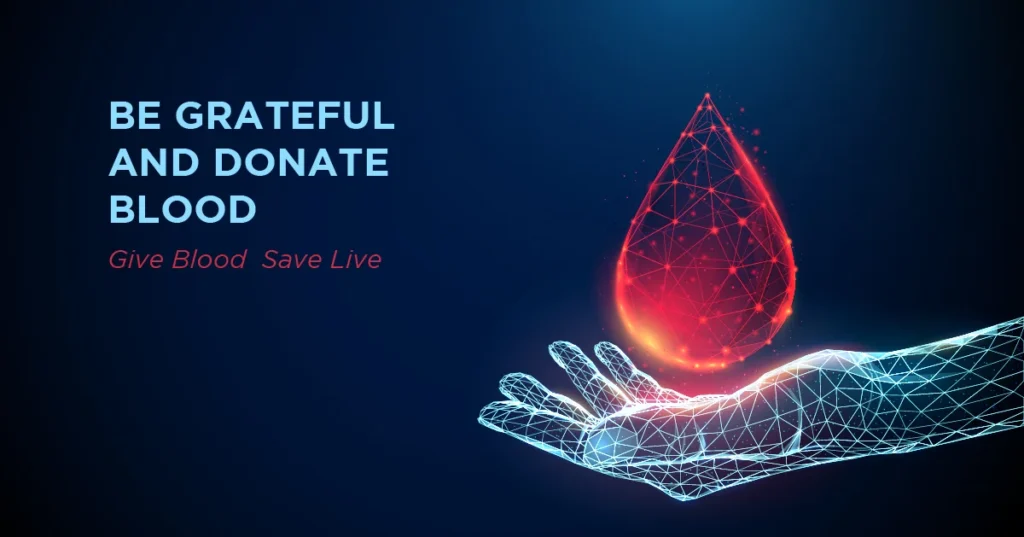
3. How Blood Donation Works
The process of donating blood is simple and usually takes about 10-15 minutes. It involves the collection of approximately 350-500 mL of blood, which is then separated into its components (plasma, red blood cells, platelets) for use in different treatments.
Types of Blood Donations:
- Whole Blood Donation: The most common type of donation where blood is collected in its entirety.
- Plasma Donation: Plasma is the yellowish liquid portion of blood, rich in proteins and used to treat burn victims, shock patients, and others.
- Platelet Donation: Platelets help with clotting and are important for cancer patients undergoing chemotherapy.
- Apheresis Donation: A more specialized form of donation where specific blood components are collected, and the rest is returned to the donor.
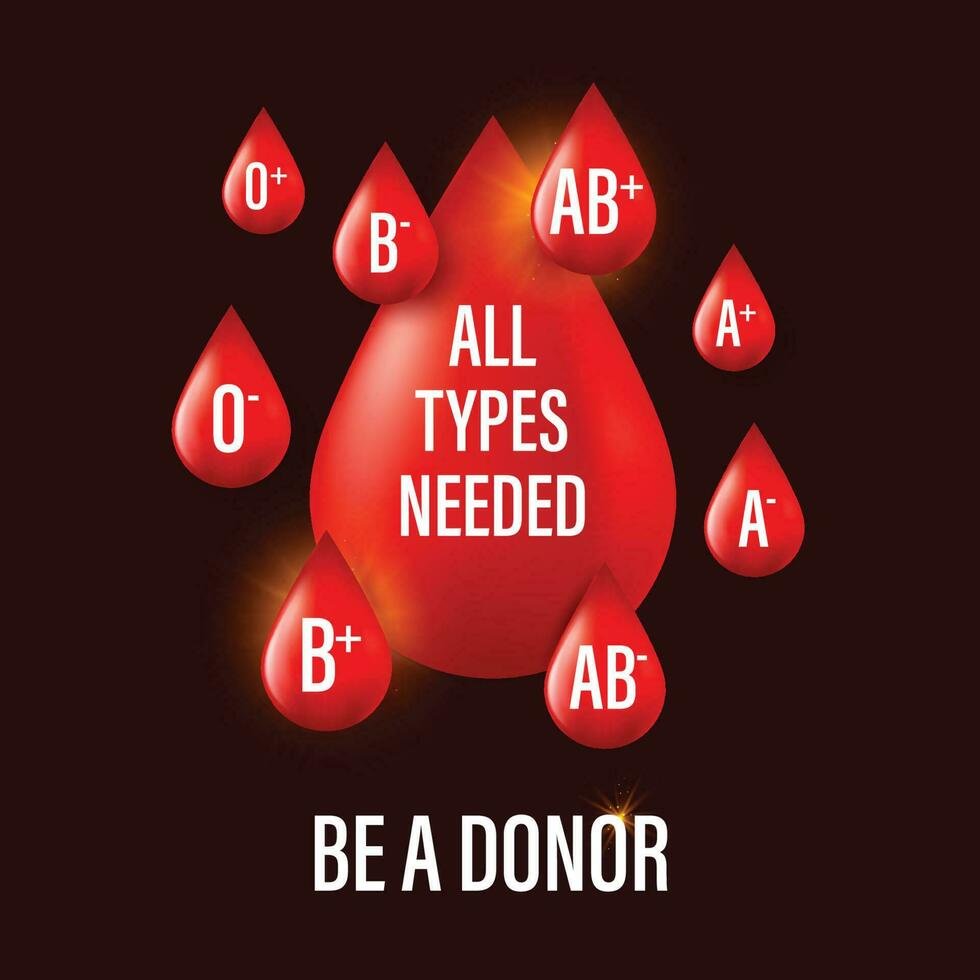
4. Benefits of Blood Donation
Blood donation has several health benefits for the donor as well. Some of the benefits include:
- Reduced risk of heart disease: Regular blood donation helps reduce iron overload, a condition that is linked to heart disease.
- Improved health monitoring: Donors undergo a basic health checkup before donating, which helps in detecting any undiagnosed health conditions.
- Psychological benefits: Donating blood is a selfless act, and donors often experience a sense of fulfillment and satisfaction from helping those in need.
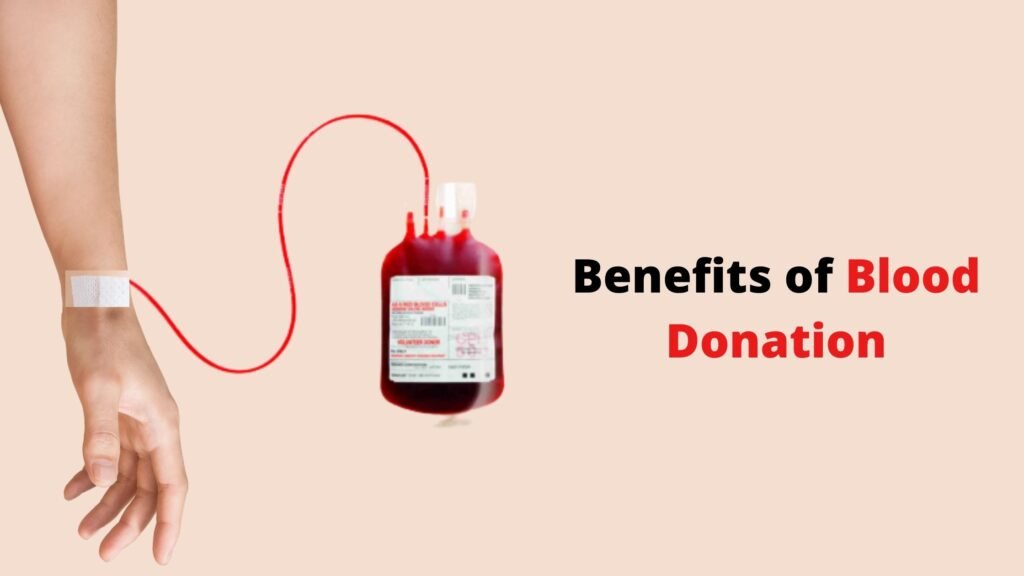
5. World Blood Donor Day Campaigns and Events
On World Blood Donor Day, several events are held globally to promote blood donation awareness. These include:
- Blood donation drives: Organized by hospitals, clinics, and blood banks.
- Public awareness campaigns: Encouraging people to donate blood and participate in local donation events.
- Educational programs: Schools, universities, and medical organizations conduct seminars and workshops to inform the public about the importance of regular donations.
- Media coverage: Television, radio, and social media platforms are used to spread the message of blood donation through public service announcements and special programming.
6. Global Blood Donation Statistics
Globally, about 40% of blood donations come from high-income countries, but these regions only represent 16% of the world’s population. Meanwhile, low-income countries face a significant blood shortage, with many patients unable to access life-saving transfusions. In 2025, the goal is to make blood donation accessible to everyone, everywhere.
Key Blood Donation Facts:
- A single donation can save up to three lives.
- One unit of blood is used every two seconds in the U.S. alone.
- Blood donation is the most requested medical procedure worldwide.
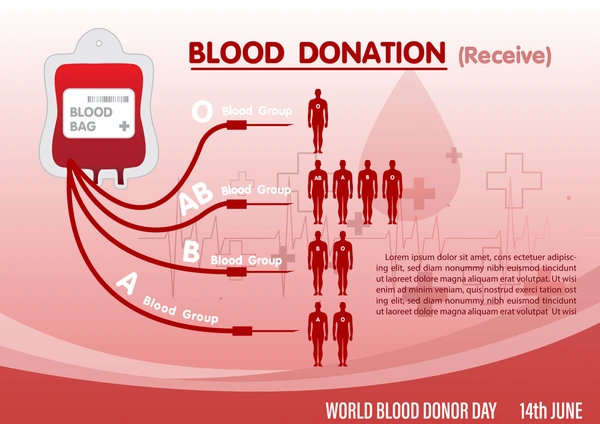
7. Blood Donation Challenges
Despite the awareness campaigns, several challenges remain in ensuring that there is enough blood for those in need. Some of these include:
- Donor reluctance: Many people are unaware of the ease and importance of donating blood.
- Blood storage: Some blood types are rare, and adequate storage facilities are necessary to maintain the blood supply.
- Cultural beliefs and taboos: In some countries, blood donation is hindered by cultural stigmas or misconceptions about the practice.
8. How to Become a Blood Donor
Becoming a blood donor is simple and can save lives. Here’s how you can get involved:
- Eligibility: You must be in good health, aged 18-65, and weigh at least 50 kg (110 lbs).
- Visit a local blood donation center: Find your nearest blood donation drive or blood bank.
- Register and donate: The process is quick, safe, and minimally invasive.
If you can’t donate blood for any reason, consider spreading awareness about the cause or organizing donation drives in your community.
9. The Role of Technology in Blood Donation
Technology has significantly improved the way we collect, store, and distribute blood:
- Automated blood collection: Machines now help separate blood components more efficiently.
- Mobile apps: Some countries have introduced apps to help people track blood donations and find local blood drives.
- AI and data analytics: Hospitals use technology to predict blood shortages and improve the supply chain for critical blood products.

10. Conclusion: The Importance of Regular Blood Donation
World Blood Donor Day serves as a reminder of the essential role blood donation plays in saving lives. The global need for safe blood is constant, and the effort to ensure sufficient supplies depends on the selfless contributions of individuals.
This day is not just about celebrating blood donors; it’s about ensuring access to safe blood for those who need it most, particularly in emergency situations. Everyone can be a hero by simply donating blood and encouraging others to do the same.
